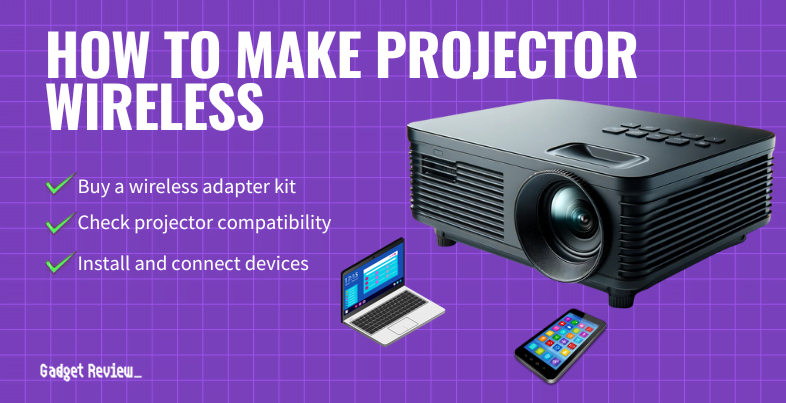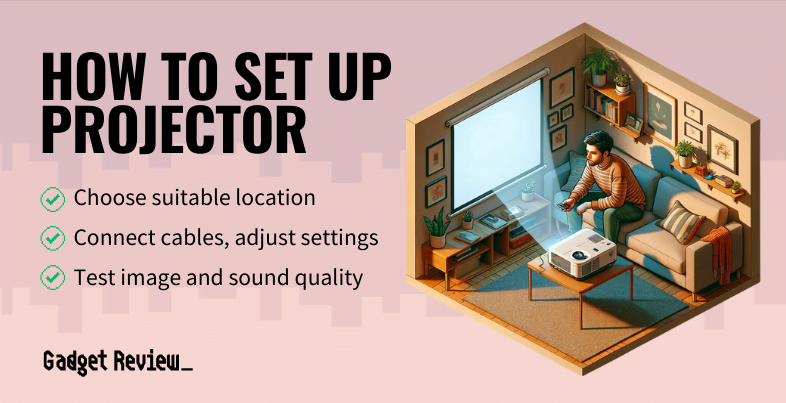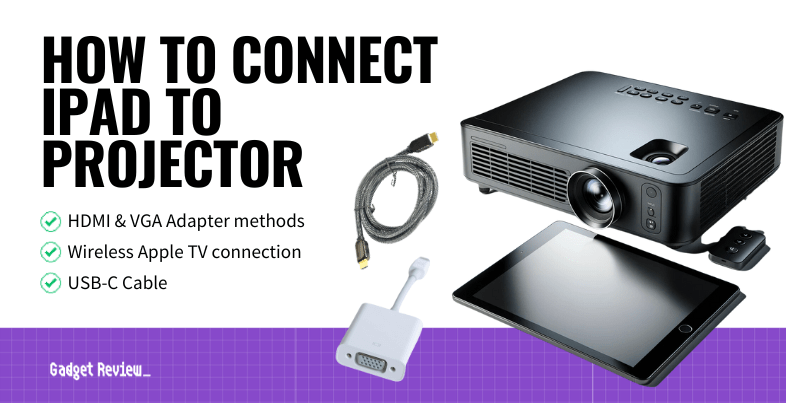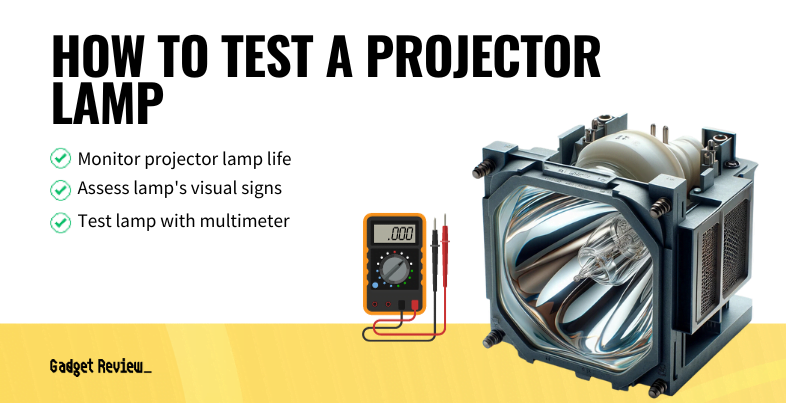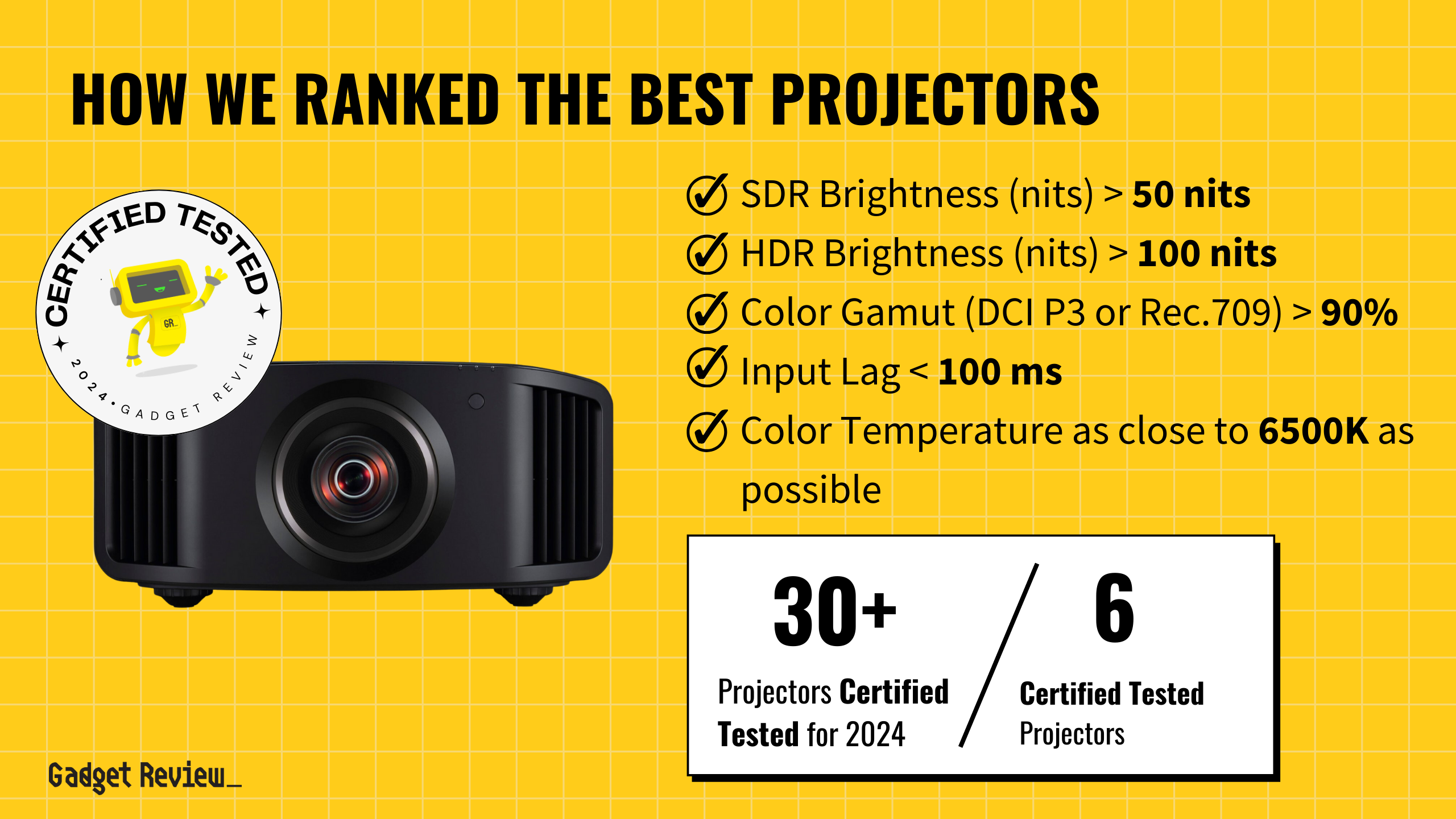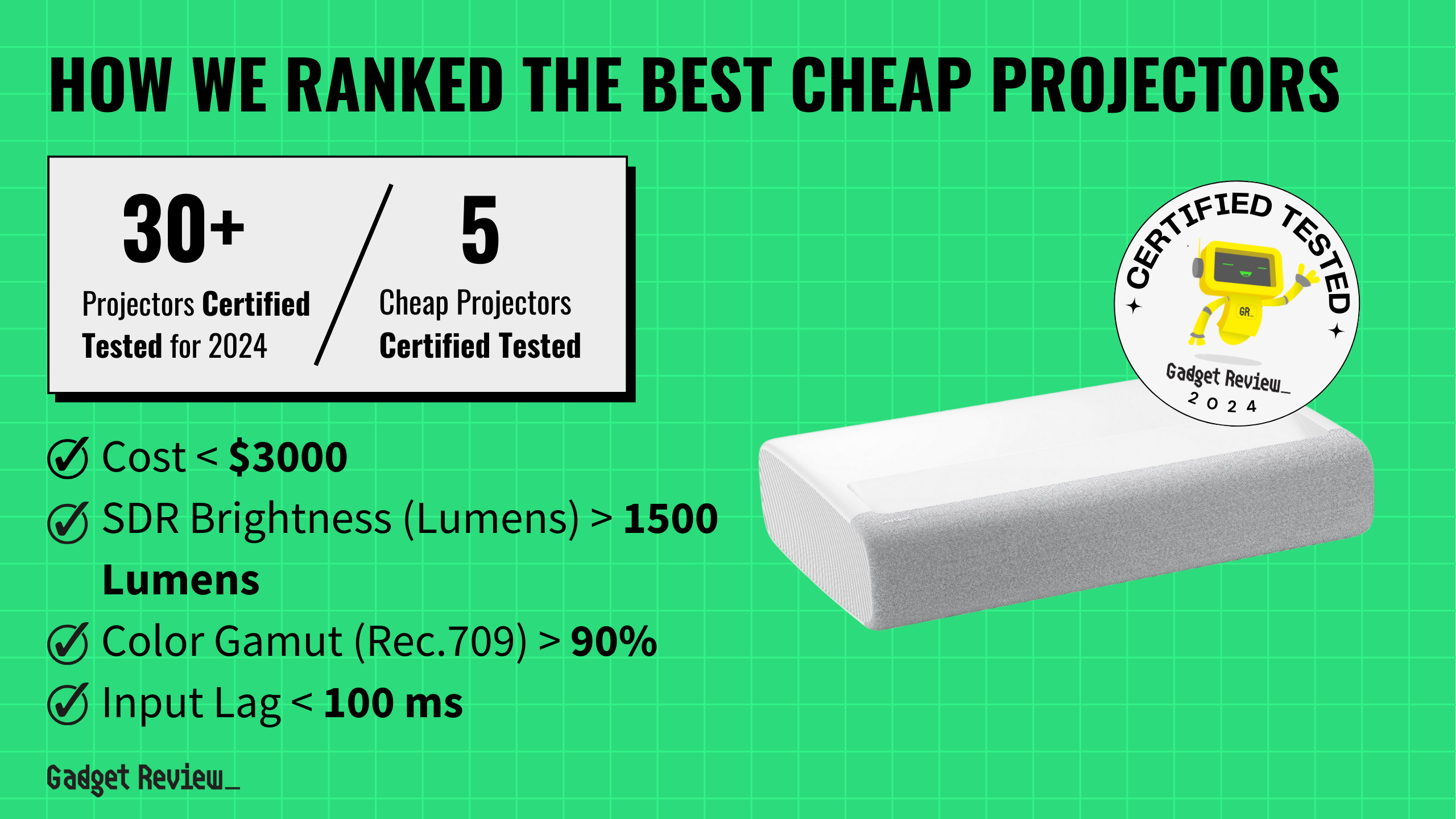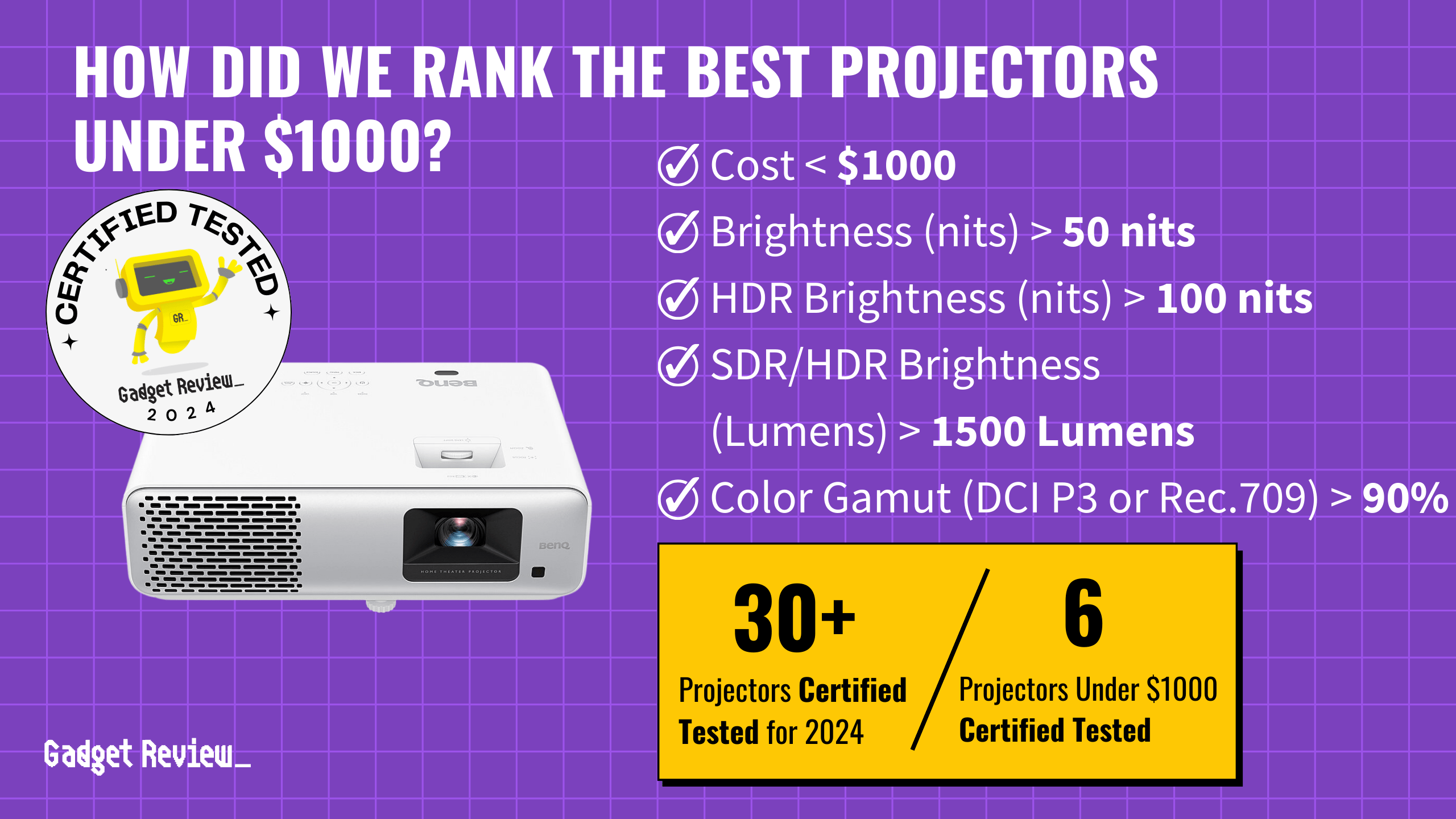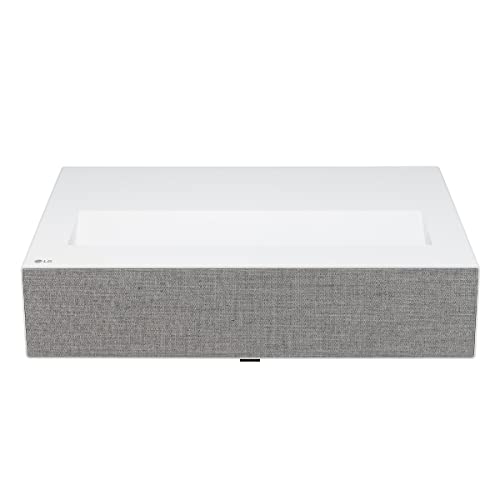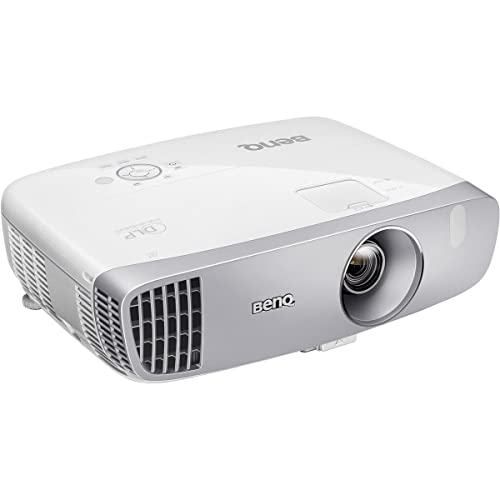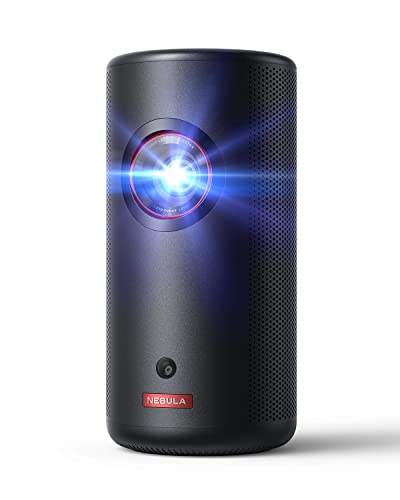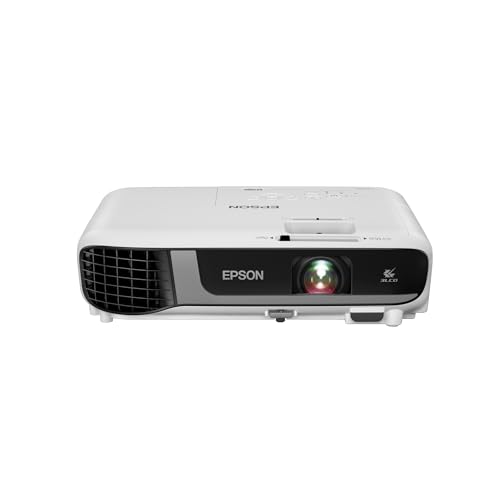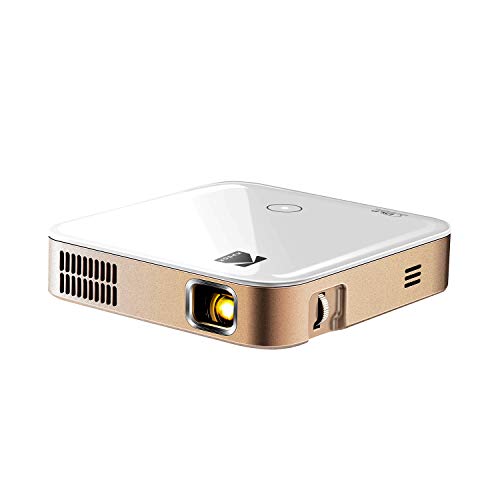If you’re tight on space, short-throw projectors are the way to go. They deliver huge images in small areas and take up less room than a big TV. Out of over 30 models we checked out, four made it to our buying guide. These picks excel with high brightness, vibrant colors, and low input lag for smooth performance.
We meticulously evaluated 10,442 reviews to filter out fake and low-quality ones. Our comprehensive approach combines our data-driven True Score with certification processes to ensure you get the best-performing and most trustworthy projectors available. To further assist you in making an informed decision, we’ve highlighted the best projectors overall as well, ensuring they meet the highest standards in both functionality and reliability.
How Did We Rank the Best Short Throw Projectors?
To create our definitive buying guide for the best short-throw projectors, we meticulously examined over 200 websites, assessing testing methodologies and customer reviews. We also scrutinized expert opinions to form our True Score system. This comprehensive analysis allowed us to pinpoint the critical criteria for projectors: 2 required test results, 1 nice-to-have feature, and 1 must-have specification. Our goal is to ensure you have all the information needed to make an informed purchase.
Our commitment to unbiased reviews is powered by our ‘True Score’ system, targeting low quality and fake reviews. When you shop through our links, you’re backing our mission. Dive deeper to see how.
Minimum Specifications
- Must be a short throw or ultra-short throw projector
Test Criteria
- SDR Brightness: Equal to or greater than 1500 lumens or more to help produce a bright and clear display.
- Color Gamut: At least 90% of the Rec.709 color gamut, providing rich and vibrant colors.
? “Nice To Haves”
- Input Lag: An input lag of less than 100 milliseconds, to prevent delays between what’s on screen and your reaction to them in games.
Latest Updates
- 06/13/2024: Republished the list to include the best short throw projectors based on our True Score system.
Top Short Throw Projectors For 2025
Prices accurate at the time of publishing

Best Overall

Runner Up

Best Value

Best Budget

Best Mid-Range

Premium Pick
Samsung Premiere LSP9T
Best For Short Throw
The Samsung Premiere LSP9T offers exceptional brightness, color accuracy, and versatility, making it ideal for home entertainment and professional settings.
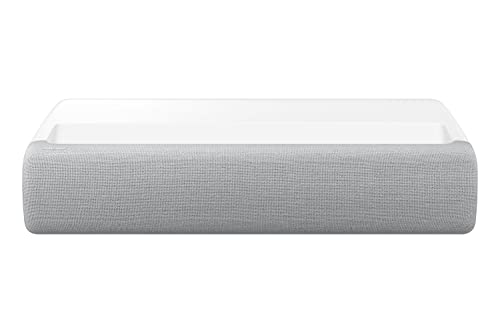
True Score
90916Experts
93175Customers
Cosmic Wonder
 $3,149.00
$3,149.00Read More
Snapshot
Reasons to Buy
- High brightness
- Excellent image quality
Reasons to Avoid
- Slightly high input lag
- Rainbow effect
Specifications

Resolution 3840 x 2160 (4k) Refresh Rate 60 Hz 
Display Technology DLP 
Contrast Ratio 2,000,000:1 
Digital Keystone Yes 
HDR HDR10, HDR10+, Hybrid Log-Gamma (HLG) 
Max Distance 9.36" 
Max Screen Size 130" 
3D Ready Yes 
Aspect Ratio 16:9 
Brightness 2800 Lumens 
Depth 14.5" 
Height 5" 
Integrated Speakers Yes 
Light Source Laser 
Light Source Life 20000 hrs 
Min Distance 4.44" 
Min Screen Size 100" No – 
Noise Level 32 dB 
Portable No 
Smart Functionality Yes 
Sync Technology – 
TV Tuner Yes 
ThrowType Ultra Short Throw Technology 
Video Inputs Ethernet, HDMI 2.0, USB 
Weight 25 lbs 
Width 21.6" All Specs
Test Results
SDR Brightness (Lumens) 2,716 HDR Brightness (Lumens) 2,782 Contrast Ratio (x:y) 0 Input Lag (ms) 56 Color Gamut % (Rec. 709) 241 Color Gamut % (DCI P3 uv) 161 SDR Brightness (nits) 0 HDR Brightness (nits) 0 SDR Color Temperature (K) 0 HDR Color Temperature (K) 0 Color Gamut % (Rec. 2020) 0 Color Gamut % (BT.2020) 109 Color Gamut % (BT. 709) 0 All Tests
All Retailers
- $3,149.00
- $5,497.99$6,498Save $1
- $5,499.99$6,000Save $500
Our Verdict
If you’re looking for a short throw projector that delivers vibrant images, the Samsung Premiere LSP9T stands out with its remarkable SDR and HDR brightness, measured at 2716 and 2782 lumens, respectively. This brightness level is crucial for short-throw projectors as it ensures that images remain clear and vivid even in well-lit rooms, making this an ideal choice for various settings, from home cinemas to presentations in bright conference rooms.
This projector combines 4K resolution and brightness with exceptional color accuracy to deliver vivid, sharp visuals. With a Rec. 709 color gamut coverage of 240.50%, an unmatched figure on our list, it offers an extensive color range that can bring your content to life. This level of color accuracy is crucial for creating immersive viewing experiences, as it allows for more precise and lifelike reproduction of cinematic content. This projector is not just for movies and shows but also offers a responsive gaming experience thanks to a decent input lag of 55.9 ms. This is only beaten by the much more expensive Formovie Theater’s 41 ms response time.
The Samsung Premiere LSP9T is not just a home entertainment powerhouse. Its high brightness and excellent color fidelity make it a versatile performer that excels in professional settings such as boardroom presentations or educational classroom use. Its ability to deliver clarity and color accuracy, even in challenging environments, makes it a reliable choice for many applications beyond just watching films or gaming. This versatility should instill confidence in potential buyers, knowing that this projector can adapt to their specific needs.
Read Less

Best Overall

Runner Up

Best Value

Best Budget

Best Mid-Range

Premium Pick
Formovie Theater
Best For Church
The Formovie Theater excels with vibrant visuals and versatile performance, making it worth the premium for home theater, gaming, and professional use.
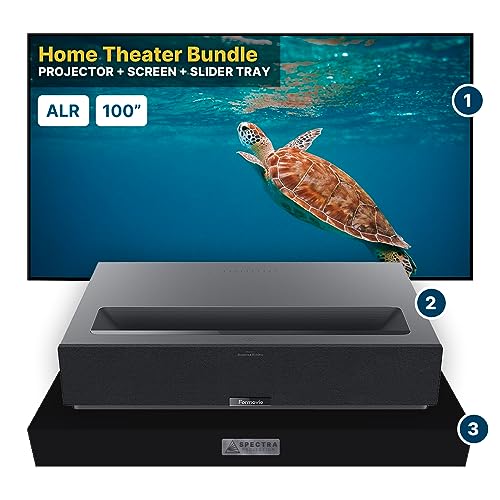
True Score
80828Experts
8343Customers
Absolutely Fresh

Read More
Snapshot
Reasons to Buy
- Satisfying brightness rating
- Good image quality
- Low latency
Reasons to Avoid
- Poor color accuracy out-of-the-box
- No lens shift adjustability
Specifications

Resolution 3840 x 2160 (4k) Refresh Rate 60 Hz 
Display Technology TI DLP 
Contrast Ratio 3,000 : 1 
Digital Keystone No 
HDR Dolby Vision, HDR10, HDR10+ 
Max Distance 19" 
Max Screen Size 150" 
3D Ready No 
Aspect Ratio 16:9 
Brightness 2800 Lumens 
Depth 13.78" 
Height 4.3" 
Integrated Speakers Yes 
Light Source Laser 
Light Source Life 20000 hrs 
Min Distance 5.51" 
Min Screen Size 80" 
Noise Level 28 dB 
Portable No 
Smart Functionality Yes 
Sync Technology – 
TV Tuner No 
ThrowType Ultra Short Throw Technology 
VRR n/a 
Video Inputs USB 
Weight 21.6 lbs 
Width 21.6" Yes – All Specs
Test Results
SDR Brightness (Lumens) 2,837 HDR Brightness (Lumens) 2,676 Contrast Ratio (x:y) 1,917 Input Lag (ms) 41 Color Gamut % (Rec. 709) 100 Color Gamut % (DCI P3 uv) 107 SDR Brightness (nits) 125 HDR Brightness (nits) 105 SDR Color Temperature (K) 0 HDR Color Temperature (K) 0 Color Gamut % (Rec. 2020) 82 Color Gamut % (BT.2020) 90 Color Gamut % (BT. 709) 0 All Tests
All Retailers
Our Verdict
If you’re eyeing a short-throw projector that delivers vibrant visuals for your home theater, the Formovie Theater is an excellent choice if you don’t mind paying a premium price. Distinguished by its superior SDR and HDR brightness, with 2837 lumens for SDR content and 2676 lumens when HDR is in play. This capability ensures images remain crisp and clear, even in ambient light conditions. Furthermore, with a 100% Rec. 709 color gamut coverage, it offers a wide color spectrum, making it an ideal choice for movie enthusiasts who crave cinematic quality at home.
Another noteworthy aspect is the projector’s adeptness in balancing performance and usability. Its input lag of 41 milliseconds low, offering a more responsive experience than the Hisense PX2’s 69.8 ms input lag, making it suitable for casual gaming or dynamic presentations and enhancing its versatility beyond just movie-watching. Moreover, the Formovie’s 1917:1 contrast ratio contributes to its robust performance across various content types, whether for streaming your favorite series, an immersive gaming session, or enhancing your office presentations. Thanks to its HDR capabilities, its proficiency in delivering detailed shadows and highlights further underscores its utility in confined spaces and well-lit rooms, making it suitable for various applications, including educational and professional settings.
Despite being the most expensive option on our list, the Formovie Theater’s excellent performance across critical criteria makes it a smart choice for users seeking a versatile short-throw projector. Its strengths in brightness, color accuracy, and responsiveness extend its utility beyond the conventional home theater setup, ensuring engaging experiences in gaming, educational, and professional scenarios.
Read Less
Did you know 82% of projector reviewers are untrustworthy?
Our research found only 16 of 86 projector reviewers as of December 2025 can be trusted. This is why Gadget Review is committed to calculating the most accurate product scores on the web.
To do this, we give every projector review site a Trust Rating, which measures how trustworthy the site and their testing claims are. We then leverage AI & a machine learning model to combine and calculate the Trust Rating with data from experts and consumers to deliver the True Score, the web’s most accurate product quality rating.
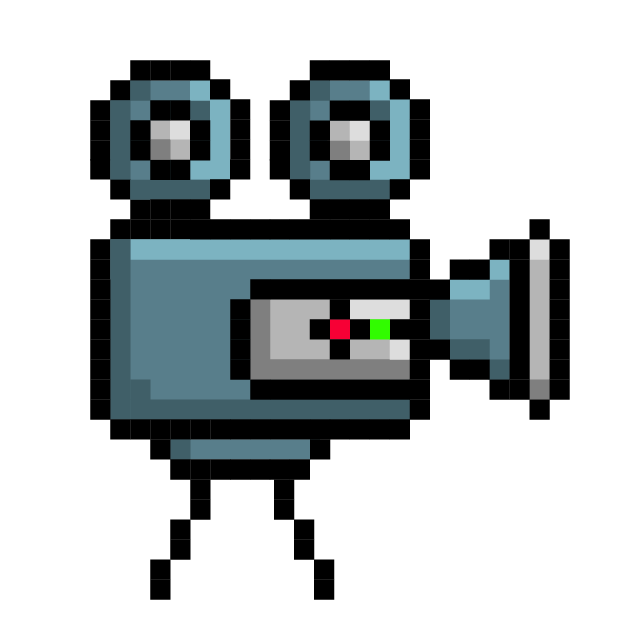 10,442
10,442Projector Reviews Analyzed

30
Total Products Analyzed

Best Overall

Runner Up

Best Value

Best Budget

Best Mid-Range

Premium Pick
Optoma CinemaX P2
Best For Cheap
The Optoma CinemaX P2 offers commendable performance and versatility, ideal for home cinema enthusiasts seeking immersive experiences on a budget.
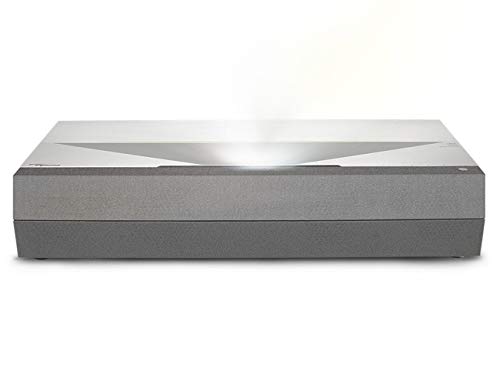
True Score
74750Experts
77405Customers
Mixed Reviews
 SAVE $200$1,999.00$1,799.00
SAVE $200$1,999.00$1,799.00Read More
Snapshot
Reasons to Buy
- Impressive brightness output
- High image quality
Reasons to Avoid
- High input lag
- Prone to rainbow artifacts
Specifications

Resolution 3840 x 2160 (4k) Refresh Rate 60 Hz 
Display Technology DLP 
Contrast Ratio 2,000,000:1 
Digital Keystone Yes 
HDR Yes 
Max Distance 17" 
Max Screen Size 120" 
3D Ready Yes 
Aspect Ratio 16:9 
Brightness 3000 lumens 
Depth 14.96" 
HDMI Type 2.0 
Height 5.11" 
Integrated Speakers Yes 
Light Source Laser 
Light Source Life 30,000 hrs 
Min Distance 6" 
Min Screen Size 85" 
Noise Level 26 dB 
Portable No 
Smart Functionality Amazon Alexa, Android TV, Google Assistant 
Sync Technology n/a 
TV Tuner No 
ThrowType Ultra Short Throw Technology 
Video Inputs Ethernet, HDMI 2.0, USB 
Weight 24.25 lbs 
Width 22" All Specs
Test Results
SDR Brightness (Lumens) 2,488 HDR Brightness (Lumens) 1,990 Input Lag (ms) 70 Color Gamut % (Rec. 709) 117 Color Gamut % (DCI P3) 79 All Retailers
- $1,799.00$1,999Save $200
- $1,999.00
- $3,376.00
Our Verdict
If you’re searching for a more budget-oriented short throw projector, the Optoma CinemaX P2 has commendable performance, including its SDR and HDR brightness levels at 2488 and 1990 lumens. This ensures sufficient brightness for most indoor environments, making this projector a solid choice for home cinema enthusiasts who value immersive viewing experiences. Its Rec. 709 color gamut coverage of 117% is crucial in delivering rich, vibrant visuals essential for a captivating display in dimly lit rooms.
The projector’s input lag at 69.8 ms may not appeal to hardcore gamers seeking ultra-responsive gameplay, but it remains adequate for casual gaming and standard video content. This slight delay is a trade-off for its cinematic quality, making it more suited for movie nights than competitive gaming sessions. Its balanced performance and more budget-oriented pricing make this an excellent choice across various uses, ensuring a versatile user experience. The Formovie Theater boasts a lower input lag of 41 ms, making it a better choice for gamers demanding faster response times.
The Optoma CinemaX P2’s capabilities extend to other use cases, such as streaming and office presentations, thanks to its respectable brightness and color accuracy. Although not ideal for outdoor use or settings with high ambient light, its performance in controlled lighting conditions is commendable. For users seeking a projector that balances quality, usability, and value without breaking the bank, the CinemaX P2 stands out as a competent contender in the short-throw category, adept at enhancing home entertainment setups.
Read Less

DON’T SEE WHAT YOU’RE LOOKING FOR?
For budget-conscious buyers, finding the best cheap projector ensures you get good performance without overspending. If you need higher resolution, a great 4K projector offers stunning image quality. There are many excellent projectors under $1000 that balance price and features effectively. For creatives, a projector for artists provides precise color accuracy and detail.
For well-lit environments, a projector for daylight viewing is essential to maintain clarity and brightness. Understanding how projectors work can help you make an informed decision, especially when comparing laser vs LED projector options.

Best Overall

Runner Up

Best Value

Best Budget

Best Mid-Range

Premium Pick
Hisense PX2
The Hisense PX2 excels in SDR brightness and color accuracy, making it versatile for home, office, or educational use.
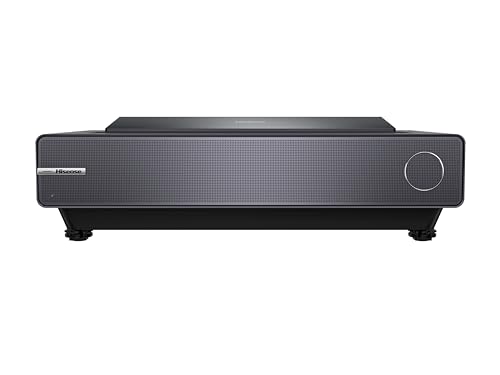
True Score
73745Experts
7621Customers
Mixed Reviews

Read More
Snapshot
Reasons to Buy
- Good image quality
- 4K resolution
Reasons to Avoid
- Brightness is average
- Average input lag
- No lens shift or optical zoom
Specifications

Resolution 3840 x 2160 (4k) Refresh Rate 60 Hz 
Display Technology DLP 
Contrast Ratio 200,000:1 
Digital Keystone Yes 
HDR Dolby Vision, HDR10, Hybrid Log-Gamma (HLG) 
Max Distance 15" 
Max Screen Size 130" 
3D Ready No 
Aspect Ratio 16:9 
Brightness 2400 Lumens 
Depth 12.8" 
Height 6.3" 
Integrated Speakers Yes 
Light Source Laser 
Light Source Life 25,000 hrs 
Min Distance 10.8" 
Min Screen Size 90" 
Noise Level 32 dB 
Portable No 
Smart Functionality Google TV, USB 
Sync Technology – 
TV Tuner No 
ThrowType Ultra Short Throw Technology 
Video Inputs Ethernet, HDMI 2.0, USB, USB 3.0 
Weight 20 lbs 
Width 20" Yes – All Specs
Test Results
SDR Brightness (Lumens) 2,488 Input Lag (ms) 70 Color Gamut % (Rec. 709) 117 Color Gamut % (DCI P3) 79 All Retailers
Our Verdict
The Hisense PX2 stands out as a short-throw projector, particularly due to its impressive SDR brightness, measured at 2488 Lumens. This brightness level ensures that images are crisp and clear, even in environments with ambient light, making it a solid choice for those who value image clarity in various settings.
While not reaching the exceptional 240.50% coverage of the closely priced Samsung Premiere LSP9T, the PX2 impresses with its Rec. 709 color gamut coverage of 117%. This level still offers excellent color reproduction, particularly vital for users valuing vibrant and accurate colors for immersive viewing in movies and gaming. Additionally, given its furthest minimum distance at 10.8 inches, strategic placement is crucial to maximize its performance.
Despite its commendable features, the PX2’s input lag of 69.8 ms might not make it the first choice for gamers seeking a seamless gaming experience. However, this projector still holds potential for other applications, such as streaming and general home theater use, where input lag is less critical.
The Hisense PX2 could also be well-suited for office and educational settings, where its high SDR brightness would benefit presentations in well-lit rooms. Its performance across various test criteria suggests it’s a versatile projector capable of meeting diverse needs beyond just the confines of a home theater.
Read Less
Which Criteria Matters for Testing Best Short Throw Projectors?
Prioritizing these criteria (2 essential, 1 desirable) enables individuals to efficiently compare these projectors and their performance. This facilitates making informed decisions and selecting a projector that fully aligns with their needs.
| CRITERIA | RANGE | REQUIRED | DEFINITION |
|---|---|---|---|
| SDR Brightness (lumens) | > 1500 lumens | Yes | The amount of light the projector outputs from the lamp/bulb and projects onto the screen when playing SDR content. |
| Color Gamut % (Rec. 709) | > 90% | Yes | The % of colors a projector can produce defined by the gamut. Rec. 709 is commonly used by HD TV, and is also known as BT.709. |
| Input Lag | < 100 ms | No (Nice to have) | The amount of time it takes for inputs to be registered and processed by the projector and shown on screen. |
Our Trusted Data Sources
We looked at 86+ projector reviewers and found that 16 are trustworthy (60%+ Trust Rating). The three we have listed below are our most trusted for projector.
- Pierre-Olivier Jourdenais – Rtings, LinkedIn
- Geoffrey Morrison – CNET, MuckRack
- Kam Valentine – Projector Reviews, MuckRack
Interested in a comprehensive analysis of our data sources? We’ve got you covered. Below, you’ll find a detailed list of every projector review website we’ve identified, organized by their respective Trust Ratings from highest to lowest. But we didn’t stop there. We’ve meticulously reviewed each publication and verified the data by checking whether the authors have bio links to MuckRack or LinkedIn. We’re committed to not only checking the facts but ensuring their veracity.
Projector Test Data & Results
Disclaimer:
Projectors are complex and difficult to test and evaluate, requiring extensive testing on the same level as televisions to paint a complete picture of how any given unit performs. Unfortunately, the testing behind projectors isn’t as rigorous, and a lot of the data we’ve compiled from expert reviewers has been incomplete at times. With different brightnesses measured from different sources, different color gamut tested and spotty contrast ratio measurements, we’ve done the best we can to leverage the available data when putting together these lists but have also trusted our True Score to help us make decisions when the data isn’t available.
1. SDR Brightness (lumens) Test Results
Projectors have two ways you can realistically measure brightness: in lumens or in nits. Lumens are more common, but brightness in general matters because projectors have to project light strongly enough that it overcomes ambient light without losing detail or color.
Most of the time, a projector is going to be used in a fairly dark room to help give the unit the best chance of displaying content the way it was intended, but higher lumens output let you watch content in progressively bright spaces – or across longer distances on bigger screens. For standard dynamic range content, we recommend at least 1500 lumens for most home applications, but more isn’t a bad thing, and 3000 lumens or more are ideal.
SDR Brightness (lumens)
> 1500 lumens
Acceptable range of performance
Definition: The amount of light the projector outputs from the lamp/bulb and projects onto the screen when playing SDR content, measured in lumens.
Units of Measurement: Lumens
Tools to Measure: Lux meter
Why It’s Important:
Lumens affect how an image is going to look when projected on a screen. If the projector isn’t putting out enough light, the image quality will suffer.
SDR Brightness (lumens; higher is better; 0 = No Data)
2. Color Gamut % (Rec. 709) Test Results
If you watch a lot of high-definition TV such as HD sports, you’ve experienced the Rec.709 gamut. This gamut is employed mostly by HD television, so covering as much of it as you can is ideal. Fortunately, the Rec.709 gamut is smaller than the DCI-P3 gamut, so if you have good coverage of DCI-P3, it’s very likely you have good coverage of Rec.709. This gamut is also known as BT.709.
Regardless, we recommend you have a Rec.709 coverage of at least 90%, especially if HD TV is what you spend most of your time watching. Not covering enough of the gamut directly contributes to seeing inaccurate colors on things like sports uniforms or otherwise vibrant sets on your favorite TV shows.
Color Gamut % (Rec. 709)
> 90%
Acceptable range of performance
Definition: The % of colors a projector can produce defined by the gamut.
Units of Measurement: % (percentage)
Tools to Measure: Software
Why It’s Important:
This gamut is commonly used by HD TV, so covering it is necessary if you watch a lot of HD content.
Color Gamut Rec. 709 (%; higher is better; 0 = No Data)
3. Input Lag (ms) Test Results
Input Lag (ms)
< 100 ms
Acceptable range of performance
Definition: The amount of time it takes for inputs to be registered and processed by the projector and shown on screen.
Units of Measurement: ms (milliseconds)
Tools to Measure: Input lag tool
Why It’s Important:
Low input lag is important to reduce delay when gaming.
Input lag is primarily an issue when it comes to playing video games on your projector. If you’re trying to enjoy fast-paced shooters or are using projector to play competitive modes, you’ll need a low input lag to “keep the projector out of your way”, so to speak. High input lag causes delays in your inputs and makes it harder to react to action on screen because your own physical reactions start to count for less than the projector’s ability to process what you’re doing.
For this reason, we recommend an input lag of 100 ms or less, but lower is always better, and for really competitive games we’d recommend less than 15 ms. Any more than that and your projector is better suited to playing games casually, though if you don’t play anything fast paced, input lag is less of an issue.
Input Lag (ms; lower is better; 0 = No Data)
Best Short Throw Projectors: Mistakes To Avoid
- Ignoring Throw Distance and Screen Size: Short-throw projectors have specific throw ratios, meaning they need a certain distance from the screen to produce a particular image size. Ignoring this can result in incorrect sizing or placement. When comparing a short-throw projector vs a long-throw projector, consider that short-throw models are better for smaller spaces as they can project a large image from a shorter distance, while long-throw projectors are ideal for large venues where the projector can be placed far from the screen. Additionally, pairing either type of projector with a great projector screen can significantly enhance image quality, providing clearer and more vibrant visuals.
- Not Considering Room Size and Setup: Ensure the projector’s throw distance fits within your room’s layout. Some short-throw projectors might need more space than others due to their lens design. If considering an outdoor projector, ensure it has sufficient brightness to compete with ambient light and a sturdy build for durability. For a projector in a classroom setting, look for models that offer good throw distances to accommodate larger classrooms and connectivity options for various educational tools.
- Overlooking Resolution and Brightness: Make sure the projector offers the resolution and brightness suitable for your needs. A higher resolution provides clearer images, while higher brightness is crucial for well-lit rooms or larger screen sizes. To ensure optimal performance, it’s important to know how to test a projector lamp periodically, as its condition significantly affects image quality and brightness. Check the projector’s menu for a lamp life indicator, and use a known test pattern to evaluate the brightness uniformity and color accuracy.
- Ignoring Connectivity Options: Ensure the projector has the necessary ports and wireless connectivity options for your devices, such as HDMI, USB, or Wi-Fi, to avoid compatibility issues. For enthusiasts looking for a top gaming projector, consider models that not only offer these connectivity options but also boast low input lag and high refresh rates. As for classroom or conference use, while many projectors can interface with a smartboard, verify that the projector’s resolution and output settings are compatible to ensure smooth operation.
The Best Short Throw Projectors Tests Compared
Product |
True Score
|
SDR Brightness
|
HDR Brightness
|
Contrast Ratio
|
Color Gamut % (DCI P3 uv)
|
Input Lag (ms)
| |
|---|---|---|---|---|---|---|---|
| 90 |
|
|
|
|
| $3,149.00 |
| 80 |
|
|
|
|
| |
| 74 |
|
|
|
|
| $1,799.00 $1,999 $200 |
73 |
|
|
|
|
|









